Racing enthusiasts often find themselves drawn to the excitement of the drag strip, where two popular formats, bracket racing and heads-up racing, dominate the scene. While both offer thrilling experiences, they cater to different skills and strategies. The distinctions between these two racing formats highlight their unique rules, appeal, and the communities they foster.
Understanding Bracket Racing
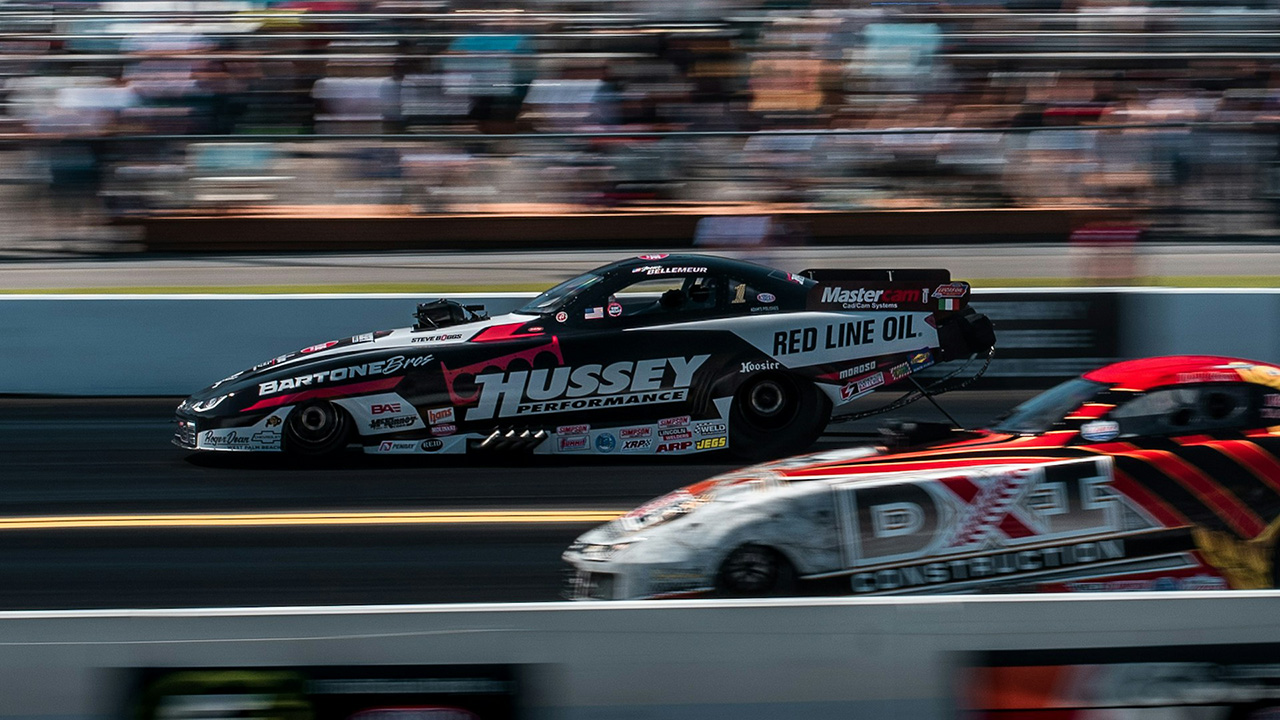
Concept and Rules
Bracket racing is a form of drag racing that utilizes a handicap system to ensure a level playing field among competitors. This system is based on the Dial-In time, which each driver sets before the race, representing their expected finish time. The goal is to cross the finish line as close to this time as possible without going faster, which would result in a “breakout” and a potential loss.
The strategic implications of the Dial-In time are significant, as racers must balance their confidence in their vehicle’s performance with the track conditions to set an accurate time. This system allows cars of varying speeds to compete side by side, creating a competitive yet fair environment.
Skills and Strategy
In bracket racing, consistency and precision are prized over sheer speed. Drivers must focus on maintaining consistent times, often requiring meticulous vehicle maintenance and tuning. The role of reaction time is crucial, as a good start can make or break the race, particularly when opponents are closely matched.
The emphasis on reaction time means that a racer’s ability to anticipate the green light and launch their vehicle effectively is often more important than achieving maximum speed. This unique aspect of bracket racing appeals to those who enjoy the strategic side of drag racing.
Community and Culture
The bracket racing community is known for its inclusive nature, welcoming racers of all levels and vehicle types. This accessibility makes it an attractive option for newcomers to the sport. The community is diverse, often featuring family teams and local clubs, fostering a supportive environment.
Accessibility is a key element, as it allows individuals with varying budgets to participate. The culture of bracket racing encourages learning and improvement, with seasoned racers often sharing tips and advice with novices.
Delving into Heads-Up Racing
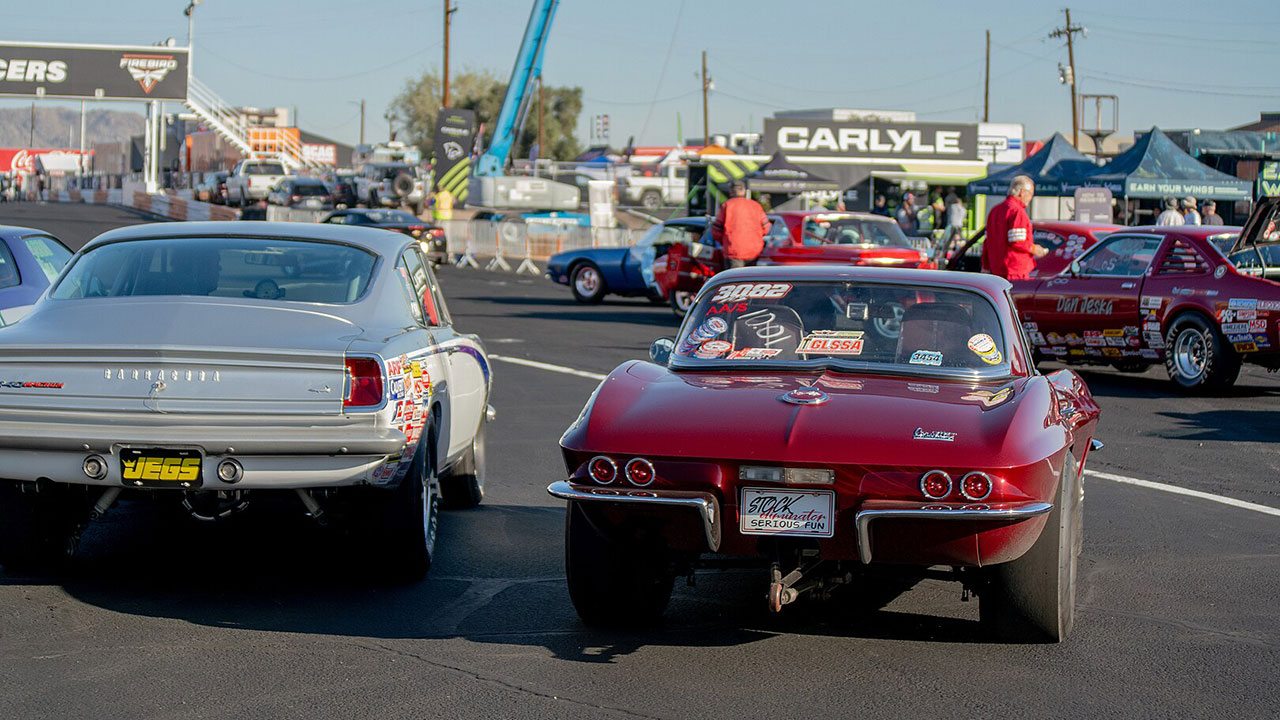
Concept and Rules
Heads-up racing operates on a straightforward “first to the finish” approach without handicaps. This format is all about speed, with the fastest car taking the victory. Races are often divided into classes and categories based on vehicle modifications, ensuring fair competition among similar cars.
The classes range from stock vehicles to highly modified machines, each with its own set of rules regarding engine size, weight, and other factors. This structure allows for thrilling races that showcase the capabilities of both drivers and their vehicles.
Skills and Strategy
In heads-up racing, vehicle performance is paramount. Drivers and teams focus on tuning their cars for maximum speed, often employing advanced technology and engineering to gain an edge. The importance of driver skill is also evident, as launching the vehicle effectively and maintaining control at high speeds are critical to success.
The competitive nature of heads-up racing demands a high level of commitment from participants, who often invest significant time and resources into optimizing their vehicles. The thrill of speed and the challenge of pushing both machine and driver to their limits are major draws for those involved in this format.
Community and Culture
The heads-up racing community is known for its competitive spirit and high stakes. Racers often form tight-knit groups, sharing a sense of camaraderie and rivalry. The pursuit of speed and performance fosters a culture where innovation and technological advancement are celebrated.
Despite the intense competition, there is a mutual respect among racers, with many forming lifelong friendships through their shared passion for speed. The community’s vibrancy is reflected in the lively atmosphere of race events, where spectators and participants alike revel in the excitement.
Comparing Racing Formats
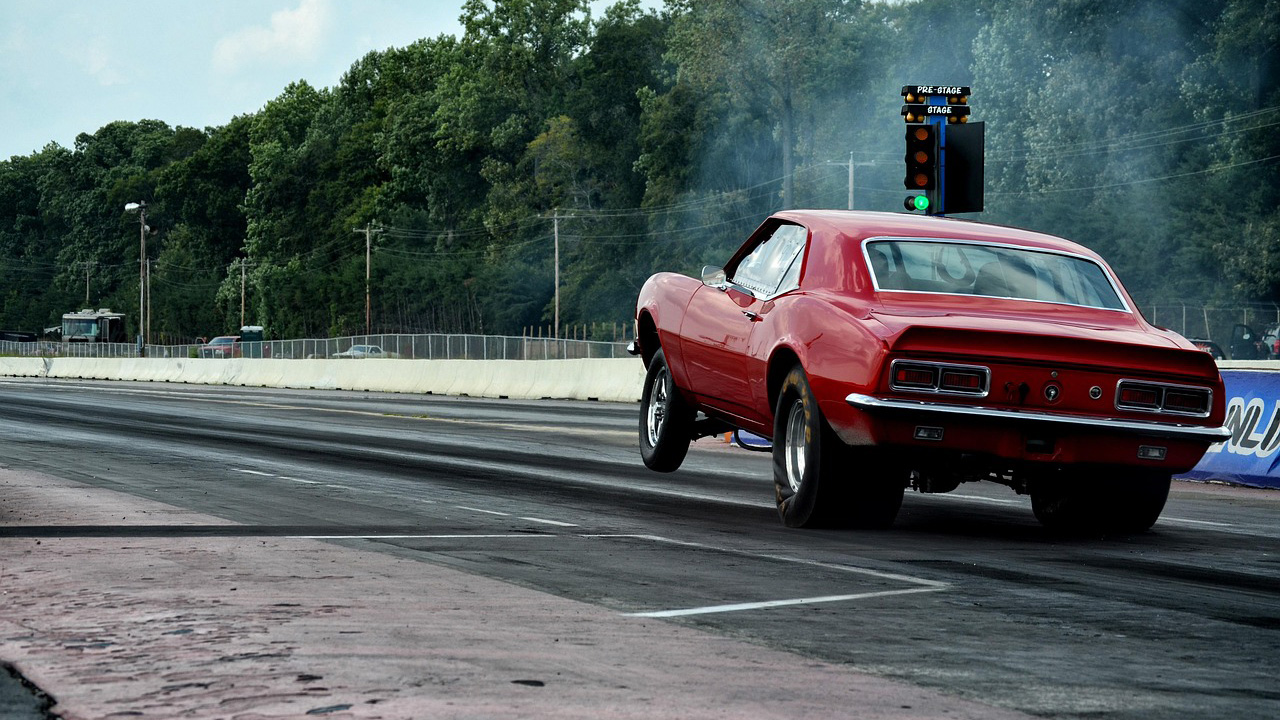
Cost Implications
The financial investment required for each racing format can vary significantly. Bracket racing tends to be more accessible in terms of cost, as it places less emphasis on vehicle modifications. Participants can often compete with stock or moderately modified cars, reducing the financial barrier to entry.
In contrast, heads-up racing can be more expensive due to the emphasis on vehicle performance and speed. The need for specialized components and regular maintenance can drive up costs, influencing participation levels and the overall competition.
Appeal to Different Racers
Bracket racing appeals to those who enjoy the predictability and strategy of racing against a set time. It attracts racers who appreciate the challenge of consistency and precision, often valuing the community aspect as much as the competition itself.
On the other hand, heads-up racing draws those who crave the adrenaline and thrill of speed. The allure of pushing boundaries and achieving record-breaking performances resonates with racers who are driven by the pursuit of excellence and innovation.
Technological Advancements and Their Impact
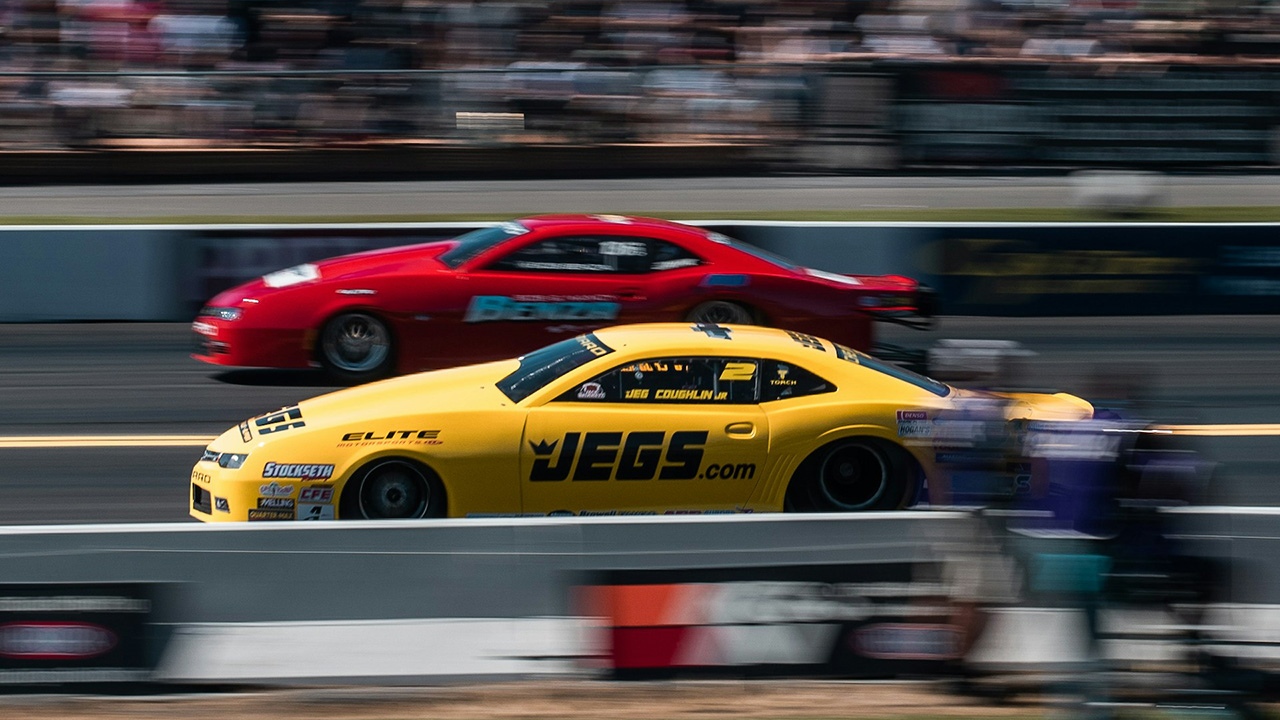
Role of Technology in Bracket Racing
In bracket racing, technology plays a crucial role in optimizing performance. The use of electronics and data analysis tools helps racers fine-tune their vehicles for consistency and reliability. These advancements allow drivers to achieve accurate Dial-In times, enhancing their competitive edge.
Technological improvements in vehicle components have also contributed to greater consistency, enabling racers to maintain performance across various conditions. The integration of technology into bracket racing exemplifies the balance between tradition and innovation.
Role of Technology in Heads-Up Racing
Heads-up racing has seen significant innovations in engine technology and aerodynamics. These advancements have pushed the boundaries of speed, enabling record-breaking performances. Teams often employ cutting-edge technology to gain a competitive advantage.
The influence of technology is evident in the rapid evolution of vehicle capabilities, with many racers investing in state-of-the-art equipment to enhance their performance. The continuous pursuit of technological excellence is a defining characteristic of heads-up racing.
Future of Drag Racing Formats
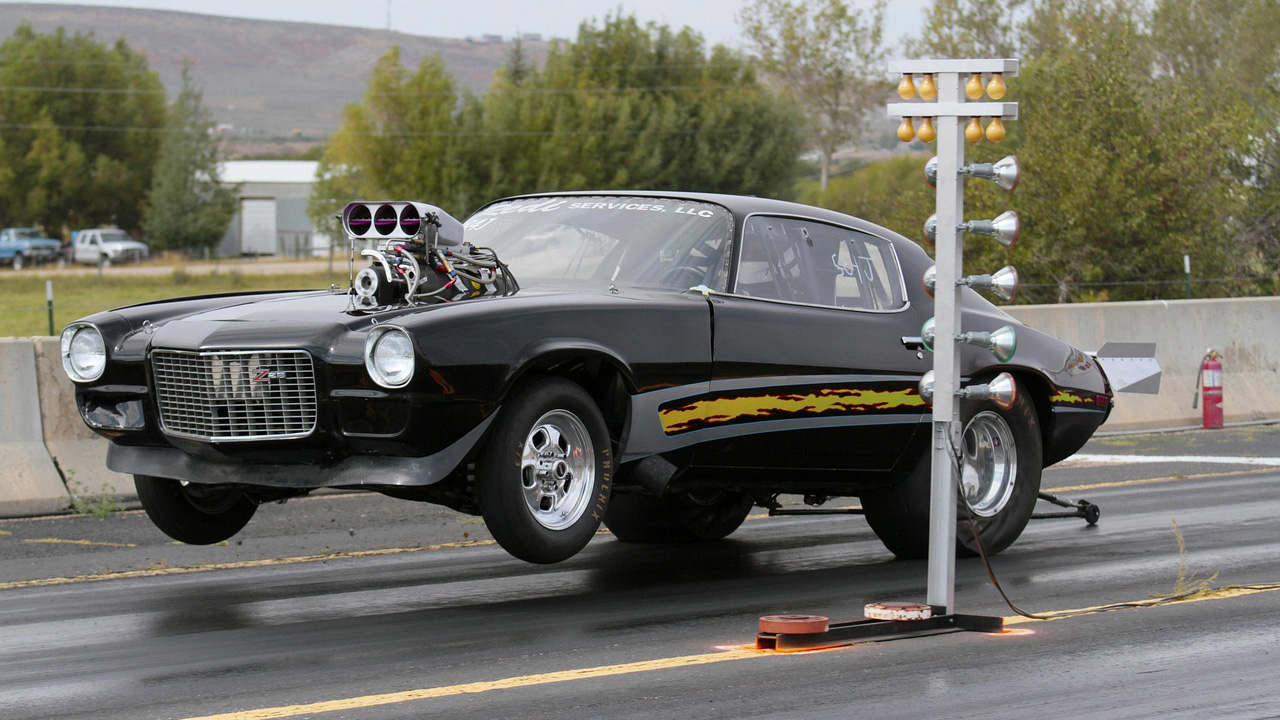
Trends and Developments
Emerging trends in both bracket and heads-up racing suggest potential shifts in popularity due to technological and cultural changes. As advancements continue to shape the landscape, racers are adapting to new challenges and opportunities.
The increasing integration of technology in racing is likely to drive further innovation, influencing the direction and appeal of each format. The evolution of drag racing remains a dynamic and exciting prospect for enthusiasts.
Sustainability and Environmental Considerations
The environmental impact of drag racing has become a topic of discussion within the community. Efforts towards sustainable practices, such as the development of eco-friendly fuels and electric vehicles, are gaining traction.
These initiatives reflect a growing awareness of the need to balance the excitement of racing with environmental responsibility. As the racing community embraces sustainability, the future of drag racing is poised for positive change.
Like Fast Lane Only’s content? Be sure to follow us.
Here’s more from us:
*Created with AI assistance and editor review.

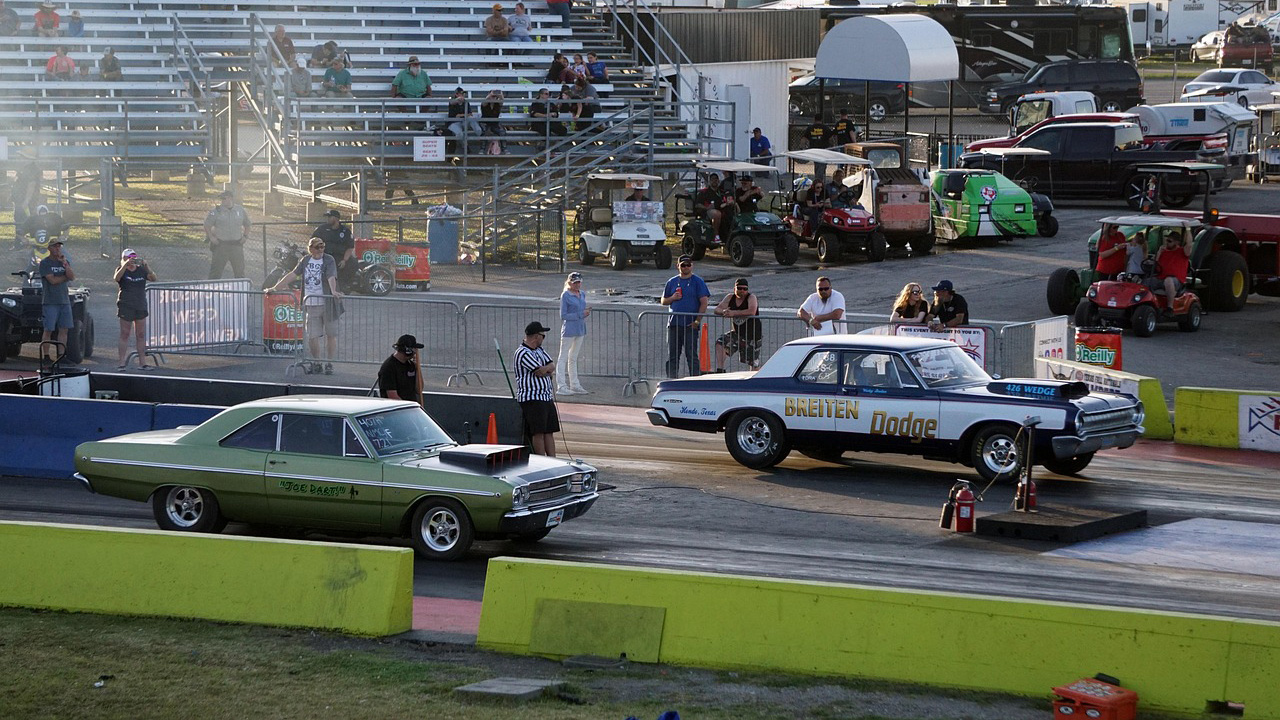

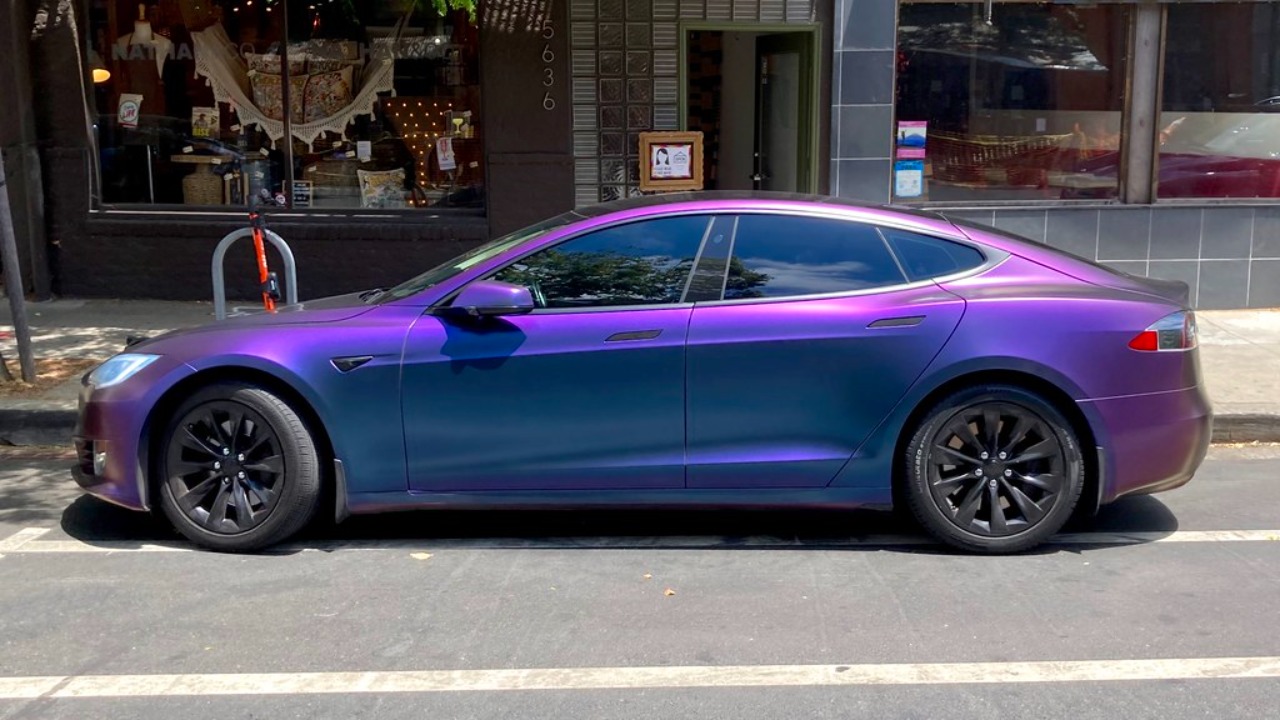
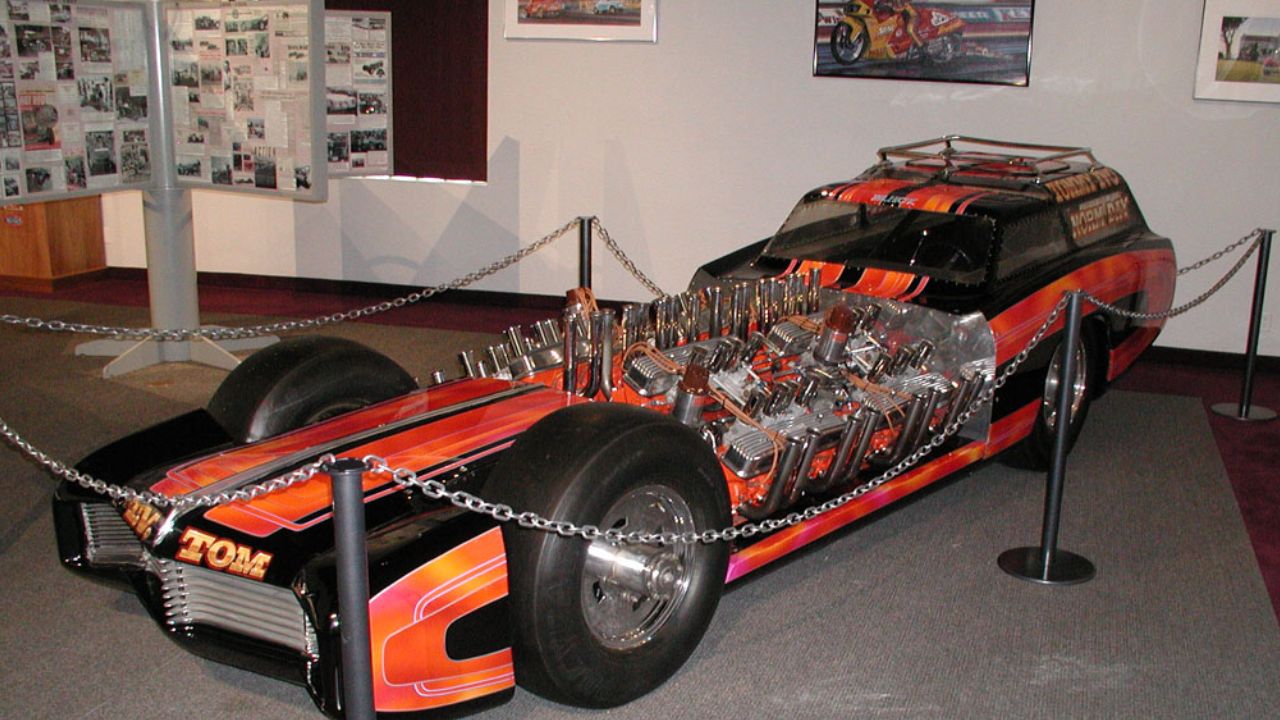
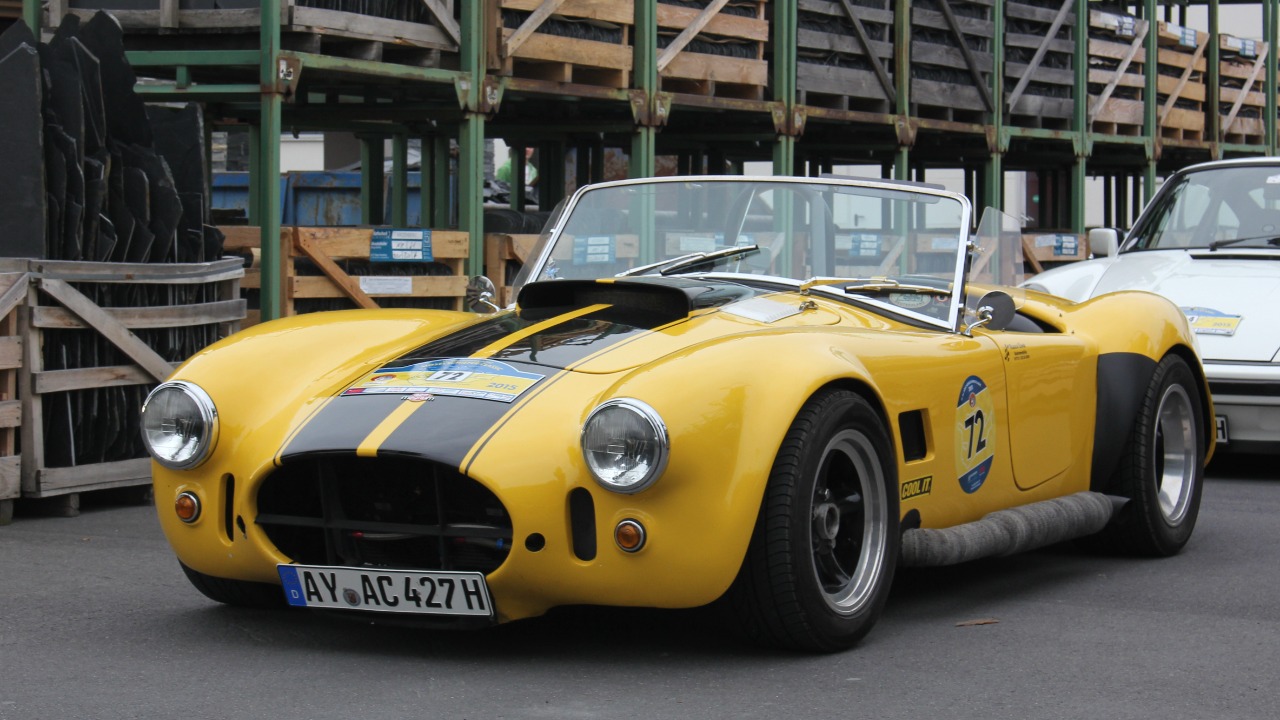
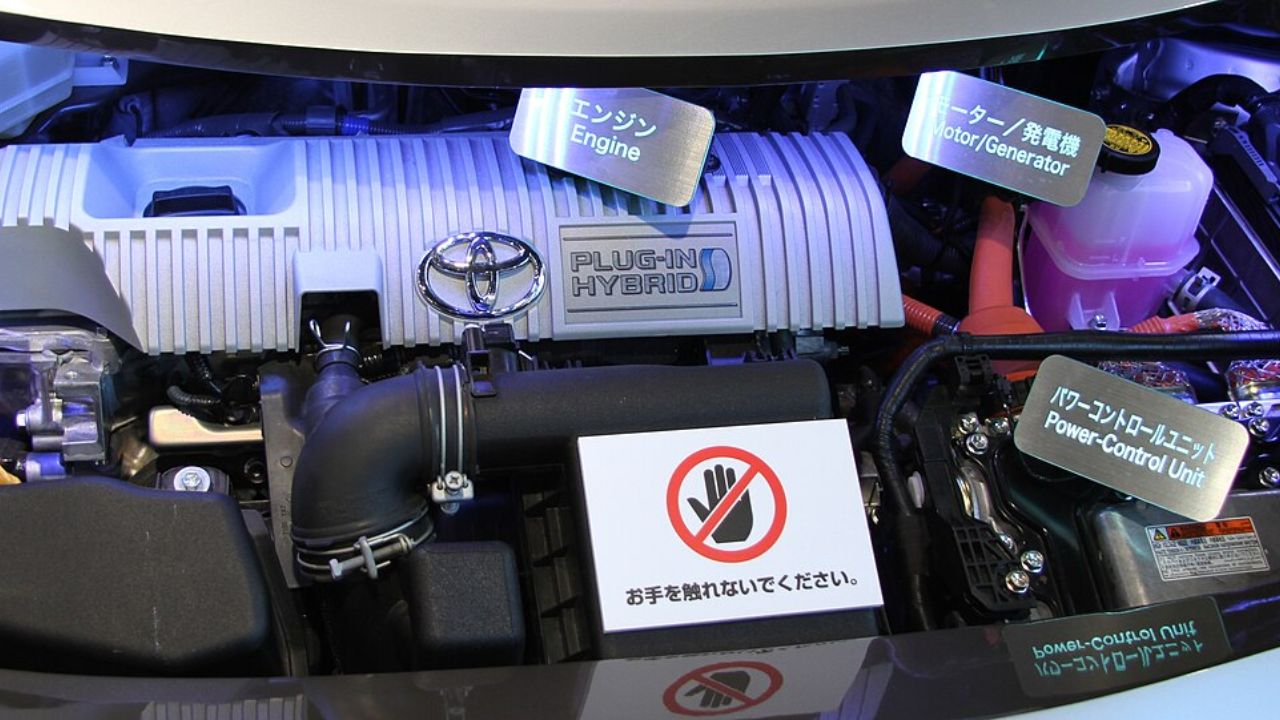
Leave a Reply